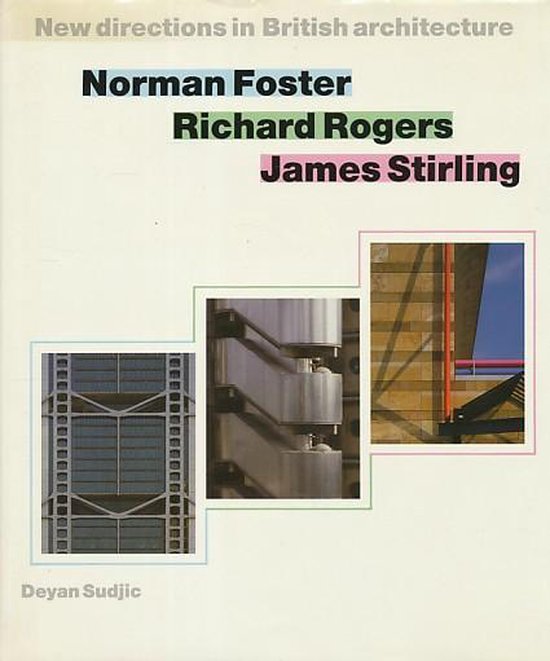De Boeken van Wouter
New directions in British architecture
New directions in British architecture
Kan beschikbaarheid voor afhalen niet laden
Verzending is beschikbaar op maandag en vrijdag
Meestal verzonden binnen 1–4 dagen na bestelling
4 boeken kopen = 3 betalen
Gratis verzending vanaf €25
Titel: New directions in British architecture
Schrijver: Deyan Sudjic
Bindingswijze: Hardcover
EAN: 9780500341018
Conditie: Goed
Let op: Hieronder staat een algemene beschrijving van hoe wij onze conditietypes classificeren. Als u een nauwkeuriger beeld wilt of specifieke vragen heeft, stuur ons dan een bericht en we kijken het graag voor u na.
Conditie-omschrijvingen:
- Als Nieuw: Nauwelijks gebruikssporen, bijna als nieuw.
- Goed: Kan lichte gebruikssporen vertonen, zoals wat verkleuring of een naam op de schutbladen, maar doorgaans geen onderstrepingen of aantekeningen in de tekst.
- Redelijk: Boek in redelijke staat. Kan gebruikssporen vertonen, zoals verkleuring, leesvouwen in de rug, onderstrepingen, aantekeningen, lichte vervuiling aan de randen, ezelsoren of een kromme rug.
- Nieuw: Boek is nieuw.
Beschrijving:
With 170 illustrations, 34 in colour.
With the unveiling of such major monuments as the Hongkong and Shanghai Bank, the Lloyd's building in London and the Stuttgart Staatsgalerie, there can no longer be any doubt that the work of Norman Foster, Richard Rogers and James Stirling has given British architecture a prestige it has not enjoyed since the days of Lutyens and Mackintosh. Their buildings have attracted international acclaim and their ideas and beliefs have helped to shape architectural thinking throughout the world.
Each, however, has a highly individual style that has often provoked passionate criticism as well as admiration. Stirling's History Faculty Building at Cambridge, Rogers's Beaubourg Centre and Foster's Sainsbury Centre for Visual Arts - to take only the most famous examples - have been the subject of controversy which embodies the ambitions, arguments and misgivings that have beset architecture in the last thirty years.
This lavishly illustrated book, published on the occasion of a major exhibition at the Royal Academy, London, examines their entire careers. Deyan Sudjic's illuminating text discusses their early commissions, the influences on them and their working methods, and gives a detailed account of their buildings and projects, seen in the context of the critical issues that they arouse. In what sense are they 'modern' architects? Does their work justify such labels as 'high-tech' or 'post-modern'? Have political beliefs affected their work? And, perhaps most importantly, how have they tackled the immense problems that face architects designing new buildings for cities which are zealously preserving their historic fabric and desperately attempting to undo the damage inflicted by post-war rebuilding? Deyan Sudjic's analysis is supported and enriched by the work of Richard Bryant, one of England's most distinguished architectural photographers. The result is not only a record of the achievements of three remarkable architects; it is also a foretaste of the evolving forms of our cities and buildings in the decades to come.
Share

